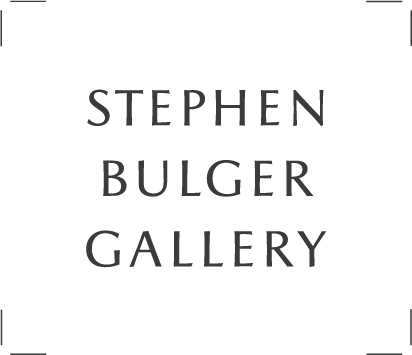Closing Reception: Thursday, July 6, 5-8pm
Exhibition Dates: June 1 – July 8, 2023
Stephen Bulger Gallery is pleased to present Nina Levitt’s Conspiracy of Silence, 1987 and Calamity, 1991, on display in our Reading Room Gallery from Thursday, June 1, 2023, to Saturday, July 8, 2023. Conspiracy of Silence was commissioned for the group exhibition, Sight Specific: Lesbians and Representation, heldat A Space, Toronto, in March 1987.
Sight Specific was the first exhibition in Canada to address the absence of lesbian representation in the Toronto art community. Lynne Fernie wrote, “Although the gay liberation and feminist movements have produced some easing in the legal and medical punishments once automatically inflicted on women with lesbian practice, there remains powerful censure and censorship of public activity as long as women have reasons to be afraid of the public results of erotic relations with one another, women’s sexual freedom remains within the patriarchal regulations of her desire.” Today, it might be difficult to appreciate just how ground-breaking—and risky—it was to show explicit lesbian work in a Toronto gallery.
Conspiracy of Silence appropriates front and back covers of pulp novels from the late 1950s and early 1960s. Seen through the lens of heterosexual normalcy, lesbians are objectified and fictionally constructed. According to the covers, “lonely” yet “fearful of men,” lesbians are “tormented” by their “warped passions” because they “desire the forbidden.” Although the covers are laugh-out-loud ridiculous stereotypes, these trashy novels were one of the very few stories and images of lesbians that were available at a time when medical books still labeled them abnormal “inverts.”
Calamity, 1991, features Wild West lesbian icon Calamity Jane positioned across a diptych. One photographic panel features the sitting figure of Calamity Jane with spheres of black exposed photographic paper masking parts of her gun, knee and foot, while the second panel is entirely black exposed photo paper with portholes highlighting only those three areas. The black spheres imitate large bullet or portholes to peep through. They unnerve this seemingly traditional portrait by adding something that both hides and reveals the subject while contributing a collage-like, hand-made aesthetic. Calamity appears in this image as neither a hero nor villain, rather as someone who was rugged, butch, and contentious.


